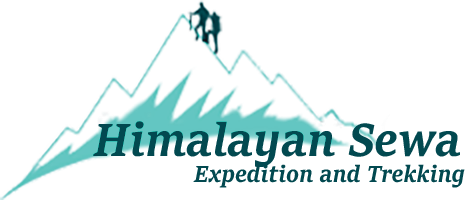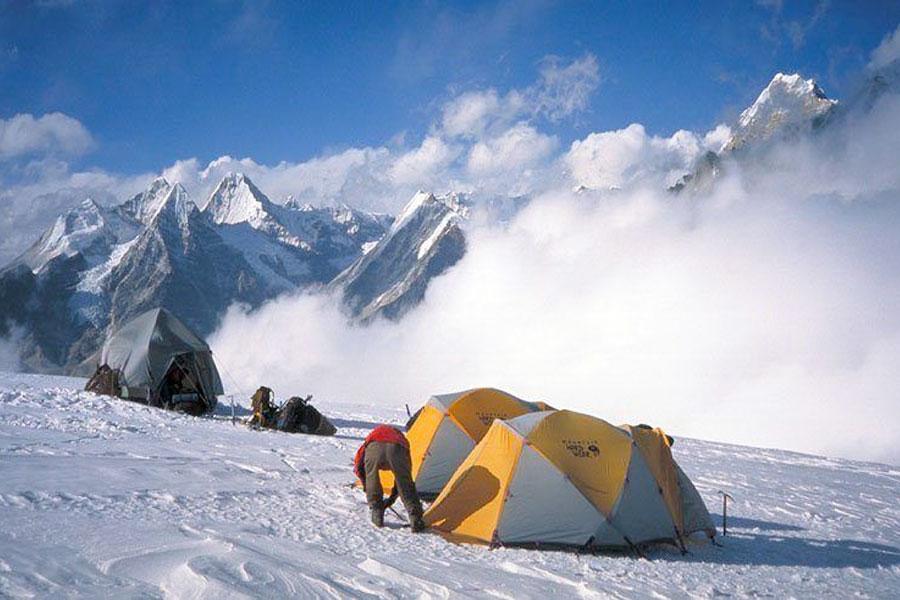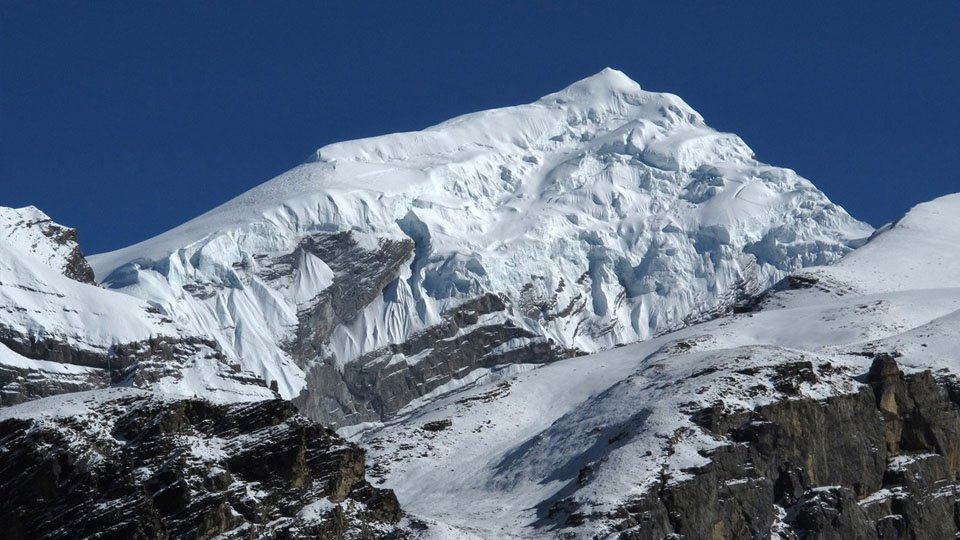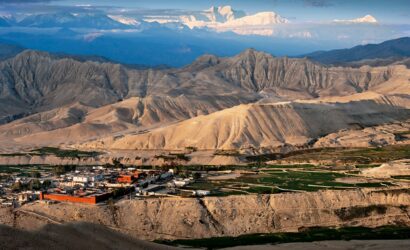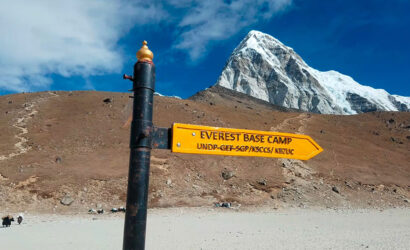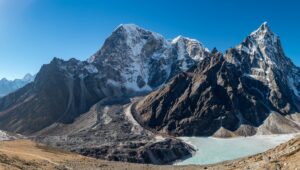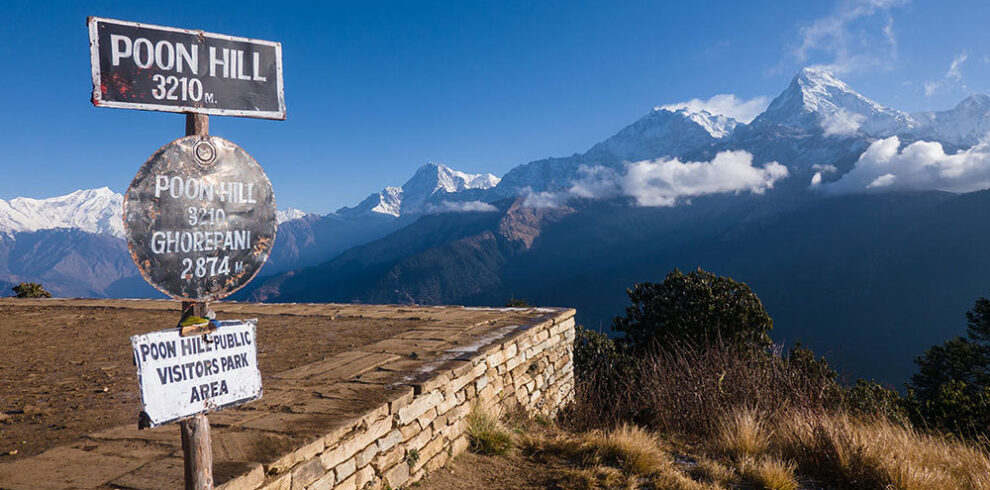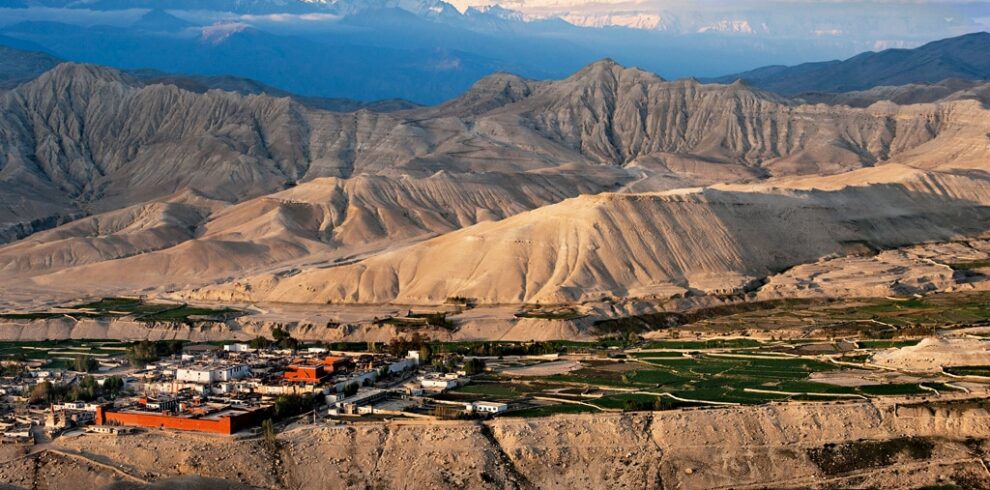Chulu Peak Climbing: A Himalayan Expedition Adventure
Embark on an exhilarating journey with the Chulu Peak Climbing expedition, a challenging and rewarding experience that takes you to the majestic Chulu Peaks in the Annapurna region. This climbing adventure offers stunning panoramic views, high-altitude challenges, and the thrill of standing atop a Himalayan summit. Prepare for an unforgettable ascent into the heart of the Annapurna range.
Key Highlights:
- Chulu Peaks:
- Conquer the Chulu East (6,584 meters) or Chulu West (6,419 meters) peak.
- Revel in the sense of accomplishment as you stand on the summit, surrounded by towering peaks.
- Annapurna Circuit Trek:
- Combine peak climbing with the famous Annapurna Circuit Trek.
- Trek through diverse landscapes, charming villages, and alpine meadows.
- Thorong La Pass:
- Cross Thorong La Pass (5,416 meters), the highest trekking pass globally.
- Experience breathtaking views of the Annapurna and Dhaulagiri mountain ranges.
- Manang Valley and Cultural Exploration:
- Explore the unique culture of Manang Valley, home to the Manangi people.
- Visit ancient monasteries, chortens, and immerse yourself in the rich Buddhist traditions.
- High-Altitude Adventure:
- Face the challenges of high-altitude climbing, including technical sections.
- Enjoy the camaraderie of a skilled climbing team and experienced guides.
Practical Information:
- Best Time to Climb: Spring (April to May) and Autumn (October to November) offer the best weather conditions.
- Permits: Obtain the necessary permits, including the Annapurna Conservation Area Permit (ACAP) and climbing permits.
The Chulu Peak Climbing expedition offers an unparalleled adventure, combining the challenges of high-altitude climbing with the scenic beauty of the Annapurna region. This itinerary provides a balanced approach to acclimatization, allowing climbers to tackle the peaks with confidence and safety.
Overview
Travel is the movement of people between relatively distant geographical locations, and can involve travel by foot, bicycle, automobile, train, boat, bus, airplane, or other means, with or without luggage, and can be one way or round trip. Travel can also include relatively short stays between successive movements.
The origin of the word “travel” is most likely lost to history. The term “travel” may originate from the Old French word travail, which means ‘work’. According to the Merriam Webster dictionary, the first known use of the word travel was in the 14th century.
It also states that the word comes from Middle English travailen, travelen (which means to torment, labor, strive, journey) and earlier from Old French travailler (which means to work strenuously, toil). In English we still occasionally use the words “travail”, which means struggle. According to Simon Winchester in his book The Best Travelers’ Tales (2004), the words “travel” and “travail” both share an even more ancient root: a Roman instrument of torture called the tripalium (in Latin it means “three stakes”, as in to impale).
